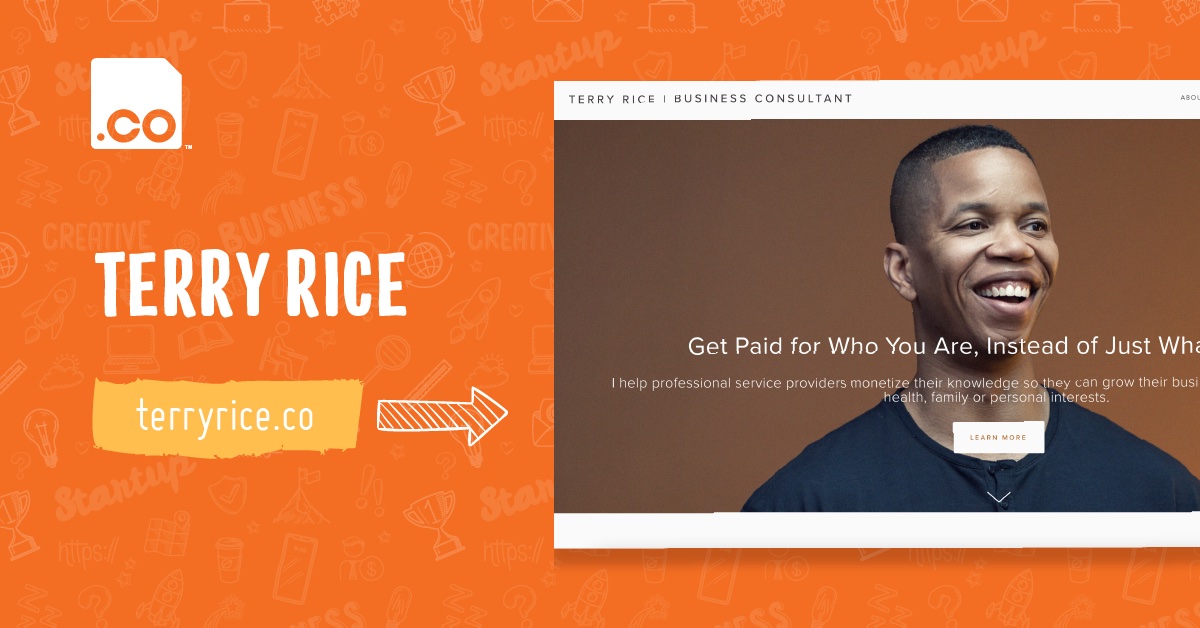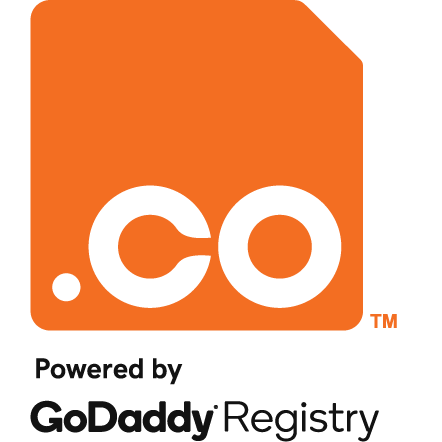You have a breakthrough idea, and want to bring it to the market. But where do you start?
Launching a startup is an overwhelming process where the sheer thought of all the daunting tasks–and perhaps the money involved–force many to never take action in the first place. But if you believe in your product or service so deeply, you should never give up. You must start with a solid plan and take micro-steps to make your business a reality. Here’s a blueprint you can follow to help you get started, and help you determine what you’ll need in the long-term:
- Make your value proposition crystal clear: Your CVP is your guiding light. It succinctly communicates what makes your product or service better than anything in the market. It should succinctly communicate in a few sentences the unique benefits, and how it addresses your target customers’ needs or solves a common pain point for them. Imagine a customer asking you “why should I choose your product/service?” Your quick response would essentially be your CVP. For example, while Nike and Adidas create sneakers for all walks of life, newer ventures like On entered the market with a singular focus on perfecting the running sneaker.
- Ensure product-market fit: This is ensuring that you’ve built and created a product or service that is satisfying the customer’s demands, leading to awareness, user adoption, and brand loyalty. You want to make sure you’re creating alignment between you, the seller, and your target market. You can do this via market research, where you dig deep into gathering and analyzing your potential customers’ likes and dislikes about what you’ve so far created. You also want to learn how they respond and react to competitors. Have a clear understanding of what influences their decisions, especially when it comes to buying online. Focus groups, surveys, and direct customer feedback are just some ways to conduct market research in order to determine whether you’ve achieved product-market fit.
- Build a strong team around you: You want to grow a workforce that is skilled and resilient. This means creating clear roles and expectations so that everyone understands their responsibilities. But when it comes to startup mode, your early employees also have to be prepared to wear many hats to get the business off the ground. So they have to be qualified, yet flexible to take on other tasks. Perhaps more important, because of the fast-paced and scrappy nature of startups, it’s important to hire those who’d be a cultural fit. When interviewing candidates, screen employees for whether they’d align with the startup’s goals and mission, and whether they have the right collaborative nature that would enhance company morale, even during turbulent times. Great interview questions could include how one would resolve a potential conflict, or how they’d go about addressing an issue with a disgruntled customer.
- Design an adaptable strategy: You can create a hit product or service butbe prepared to continuously adapt to market dynamics. Having an adaptable strategy doesn’t mean bending and breaking to every change in the market. It is about being agile and strategically pivoting when needed. Covid is a great example of when companies got nimble and crafty. When all the hair salons shut down, hair dye venture Madison Reed kept all its hair colorists employed by training them to become on-call call agents. The new team was tasked with answering all customer service questions from those who bought their color dye home kits.
- Focus on customer satisfaction: Go beyond surveying customer feedback. In a 1999 interview, Jeff Bezos famously said: “If there’s one thing that Amazon.com is about, it’s obsessive attention to the customer experience end to end.” That quote inspired a whole wave of new startups who followed Amazon’s customer-obsessed approach. This essentially means customers are always right, and at the center of everything they do, from marketing, to sales and product innovations. This can mean a seamless return and exchange process, or a no-fee cancellation policy. These little details can deliver major dividends when it comes to brand loyalty, and ultimately help set you apart from competitors.
From disruptive technology to radical company culture, the most successful startups from the last few decades have displayed many of the common traits above. But success all boils down to fulfilling a customer need, while a strong leader sets a clear mission and vision as the company’s north star.





